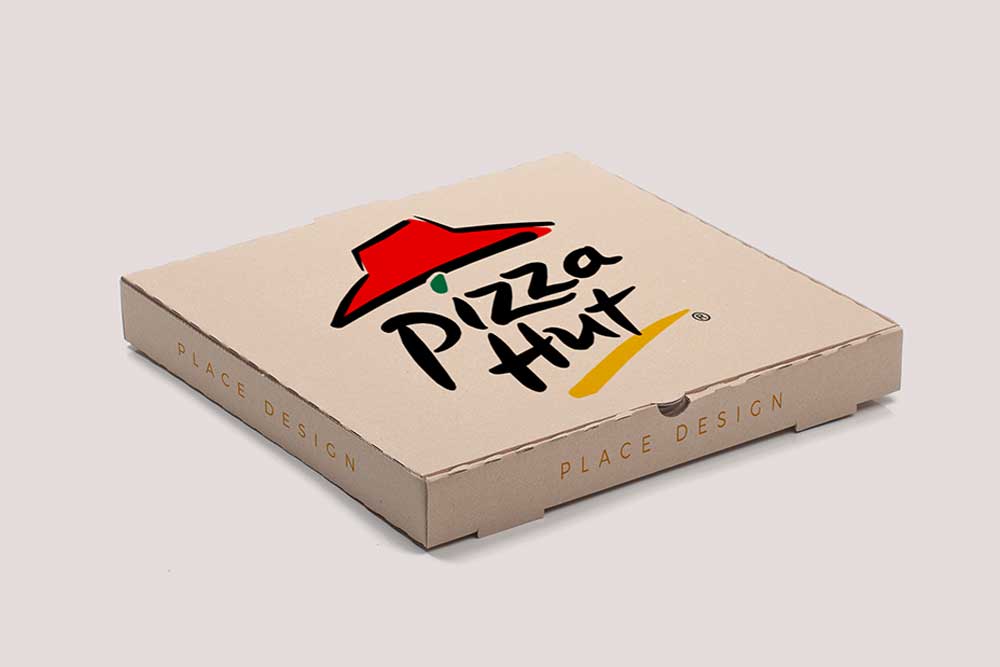Best Practices for Imprinting on Custom Pizza Boxes Wholesale Unbending boxes – they radiate style, lift the unpacking experience, and proposition a material to grandstand your image. In any case, what genuinely rejuvenates an unbending box? Superior grade, eye-discovering printing!
This blog entry jumps into the universe of imprinting on unbending boxes, furnishing you with the prescribed procedures to accomplish dazzling and significant outcomes. From exploring printing methods to choosing the right inks and gets done, we’ll direct you through the fundamental stages to guarantee your inflexible boxes have an enduring effect
Knowing Your Options: A Look at Popular Printing Techniques for Rigid Boxes
Best Practices for Imprinting on Inflexible Boxes Unbending boxes – they radiate style, lift the unpacking experience, and proposition a material to grandstand your image. In any case, what genuinely rejuvenates an unbending box? Superior grade, eye-discovering printing!
- Offset Printing: Twofold looks at your fine art for any blunders in message or configuration before sending it to the producer for printing. By following these plan best practices. you can make print-prepared craftsmanship that deciphers faultlessly onto your inflexible boxes, guaranteeing an expert and cleaned eventual outcome.
- Digital Printing: A great option for smaller print runs or projects with variable data (like unique serial numbers). Digital printing offers fast turnaround times but may have limitations on certain materials or finishes.
- Flexography: A versatile printing technique suitable for various materials, including textured papers and even some plastics. Flexography provides good print quality and is often a cost-effective option for medium-sized print runs.
- Screen Printing: Ideal for creating bold, vibrant colors and achieving special effects like metallic finishes. Screen printing works well for simpler designs with fewer colors.
By understanding the strengths and limitations of each printing technique, you can discuss the best option with your rigid box manufacturer for your specific project.
Choosing the Right Ink: Making Your Colors Pop
The ink you choose plays a crucial role in the final look and feel of your printed rigid box. Here are some key considerations:
- Ink Type: Standard CMYK inks (Cyan, Magenta, Yellow, and Black) are commonly used, but specialty inks like metallics or fluorescents can create a unique visual impact.
- Ink Coverage: Solid colors typically require 100% ink coverage, while lighter shades or gradients may use less. Discuss ink coverage with your manufacturer to understand potential cost implications.
- Substrate Compatibility: Ensure the chosen ink is compatible with the wrap material of your rigid box. Some inks might not adhere well to certain materials.
You can achieve the desired color vibrancy and ensure a long-lasting print on your rigid boxes by consulting with the manufacturer of the boxes.
Finishing Touches: Elevating Your Print with Embellishments
Printing is only one part of making a genuinely staggering inflexible box. Embellishments can add a layer of complexity and raise your plan:
- Lamination: A defensive covering is applied to the printed surface. While matte lamination provides a more subtle appearance, gloss lamination produces a shiny finish. The delicate touch cover adds an extravagant, smooth feel.
- Varnishing: Similar to lamination, varnish provides a protective layer but can also be used for selective areas to create a glossy highlight effect.
- Foil Stamping: This strategy applies metallic or shaded foil onto the printed surface, adding a hint of extravagance and aspect.
- Embossing and Debossing: Raising Your Print with Embellishments Printing is only one part of making a genuinely staggering inflexible box. Embellishments can add a layer of complexity and raise your plan: Cover
There are numerous other options for embellishment, and these are just a few examples. To create a rigid box that is truly one-of-a-kind and captivating, you should discuss your design vision with your manufacturer.
Design Considerations for Optimal Printing Results
Even with the best printing techniques and embellishments, a poorly designed artwork can hinder the outcome. Here are some design tips for optimal printing results on rigid boxes:
- High-Resolution Graphics: Always use high-resolution images and vector graphics to ensure crisp and clear printing.
- Bleeds and Safe Zones: Variable in drain (a region that gets managed) and safe zones (regions where text or significant plan components ought not to be put) while making your fine art.
- Color Accuracy: Work with a consistent color profile throughout your design process to ensure the printed colors match your expectations.
- Proofreading: Double-check your artwork for any errors in text or design before sending it to the manufacturer for printing.
By following these design best practices, you can create many custom hamburger boxes that translate flawlessly onto your rigid boxes, ensuring a professional and polished final product.
Collaboration is Key: Working with Your Rigid Box Manufacturer
A coordinated effort is Critical: Working with Your Unbending Box Maker When it comes to creating stunning printed inflexible boxes, cooperation is essential. A cultivated firm box maker can be a critical associate, offering dominance on material assurance, printing strategies, and plan considerations. In the interim, open communication ensures that everyone agrees, from the initial discussion of ideas to the evaluation of the artwork and its endorsement. By collaborating, you can utilize the creator’s data and abilities to make an understanding of your vision into an extraordinary, ostensibly critical inflexible box that lifts your picture and delights your clients.



Recent Comments